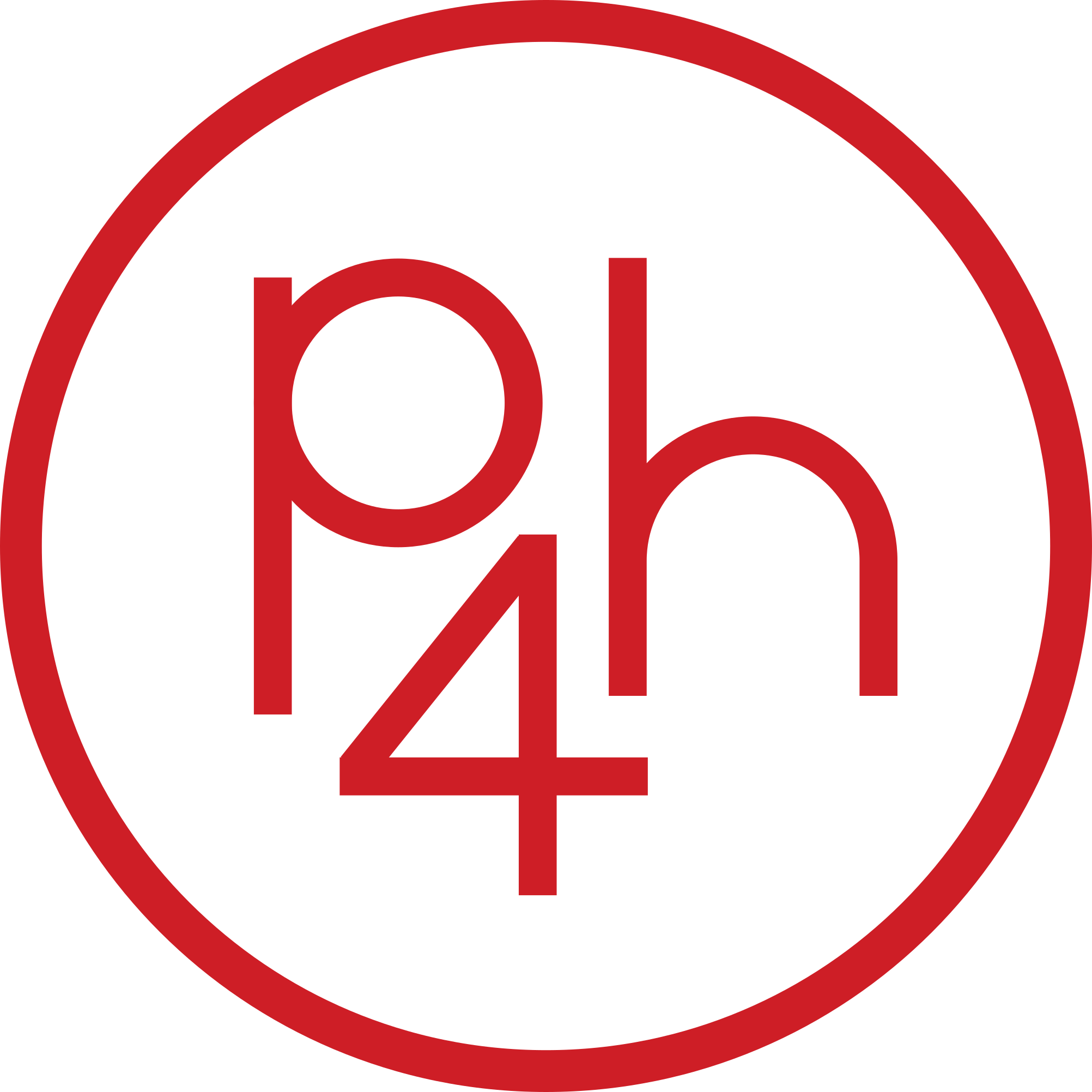Skin in the Game: How Good People Continue to Hurt Vulnerable Communities
Source: Iris Global
The non-profit industry is ripe with good-hearted people who are passionate about changing the world. Yet, many organizations cause more harm than good and create more poverty than they alleviate. If the non-profit industry is full of good intentions, why is it plagued with poor results? How do good people continue to harm the communities that they are trying to help while maintaining the belief that they are doing good for the world?
This arises from an inherent asymmetry in development work – organizations who give handouts, build schools, or paint churches are rewarded with support, donations, and praise while those who receive these programs have their communities crippled, their dignity stripped, and their economies destroyed [1]. Moreover, most organizations who operate harmful programs don’t stick around long enough to see the true effects of their efforts. Those who engage in detrimental aid have no skin in the game – they will never have to pay for the damage that they caused, and often indirectly benefit from it [2].
How do we combat a system where those who cause harm are rewarded, and those who receive it are left to repair the damages? How do we stop organizations from crippling communities when they are not witnessing the effects of their efforts, and will never have to pay for the damage they cause? The source of this problem is a lack of transparency and accountability. Many organizations fail to evaluate the impacts of their programs, and most who do are not doing it well. Perhaps more importantly, non-profits don’t a pay a price for this failure. Organizations who rigorously evaluate their impact and publish their results often attract less support than those who simply share heartwarming stories and pictures.
This is a serious problem — providing development programs without evaluating their impact is like selling a drug without testing its safety. When we show up in a developing country and encourage people to participate in our programs, we bear the responsibility of any damage that is caused. Unfortunately, the non-profit industry is one that is entirely self-regulated. We cannot wait for an outside entity to punish the organizations who are causing harm. We must do that as individuals whose support and donations non-profits rely on. It is our responsibility to hold organizations to a higher standard.
By supporting organizations who are doing the hard work of evaluating their programs and publishing their results — and asking hard questions of any organization who is not — we can remove the asymmetry in development work. When organizations realize that their success depends on transparency and impact, we will be able to ensure that they are not harming the very people they claim to be helping.
[1] PovertyCure: Charity That Hurts
[2] Taleb, N., 2018. “Skin in the Game: Hidden Asymmetries in Daily Life” Penguin Random House LLC, New York.

